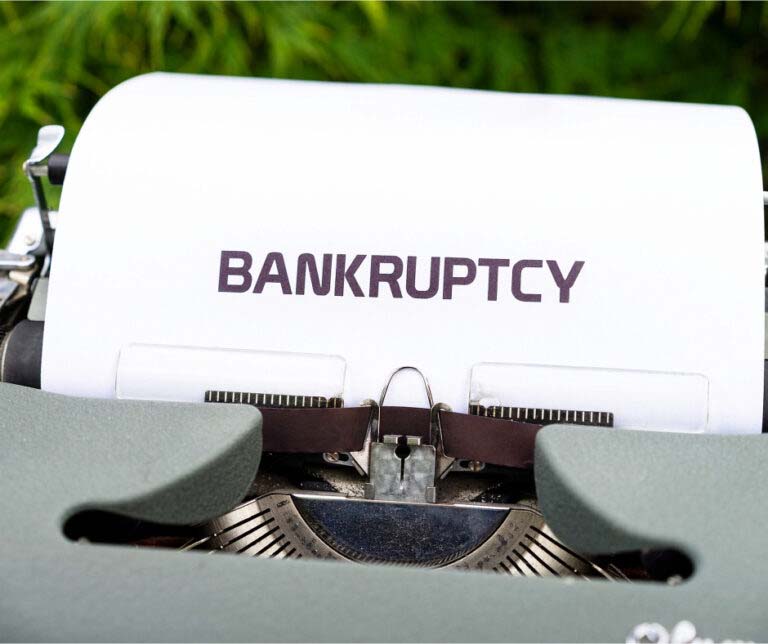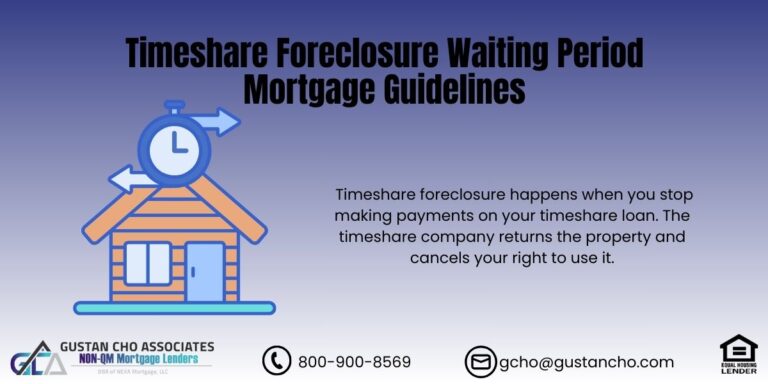FHA Versus Conventional Loans After Bankruptcy and Foreclosure
In this article, we will cover the waiting period requirements on FHA versus Conventional loans after bankruptcy and foreclosure. Homebuyers can qualify for a mortgage loan after bankruptcy, foreclosure, a deed in lieu of foreclosure, or a short sale. However, there are mandatory waiting periods after bankruptcy and foreclosure with government and conventional loans.
There are major waiting period differences between FHA versus Conventional loans after bankruptcy and foreclosure. Homebuyers who are intending on getting a home purchase mortgage loan after bankruptcy and foreclosure need to meet the mandatory waiting period mortgage guidelines.
Mortgage Guidelines on FHA Versus Conventional Loans After Bankruptcy and Foreclosure
The waiting weriod on FHA versus Conventional loans after bankruptcy and foreclosure is just one of many requirements to qualify for home loans. Mortgage loan applicants need to meet other credit and debt-to-income ratio requirements. Meeting the mandatory waiting period after bankruptcy and/or foreclosure does not automatically qualify borrowers for mortgage loans.
Mortgage loan applicants need to meet income, credit, credit history, and other mortgage guidelines an automated approval by Fannie Mae’s Automated Underwriting System ( AUS ).
What Are The Waiting Period Guidelines After Foreclosure
The waiting period to qualify for a mortgage loan after a foreclosure depends on the loan program. FHA and USDA require a three-year waiting period after the recorded date of the foreclosure and/or date of the sheriff’s sale. The date the deed to the home was transferred out of the homeowners’ name and into the name of the lender is the waiting period start date with foreclosures and a deed in lieu of foreclosures. Again, just because borrowers have passed the three-year waiting period does not guarantee a mortgage loan approval.
What Does Automated Underwriting System Mean In Mortgage?
A mortgage application needs to get an Automated Underwriting System (AUS) approval before the lender can issue pre-approval. Besides getting automated approval, the loan officer needs to review all docs before proceeding with processing and underwriting mortgage applications.
VA loans require a 2-year waiting period after Chapter 7 Bankruptcy, a deed in lieu of foreclosure, foreclosure, and short sales to qualify for a VA Home Loan The conventional loan waiting period after a foreclosure is 7 years. The conventional loan waiting Period after a deed in lieu of foreclosure and/or short sale is 4 years.
Waiting Period After Deed In Lieu and Short Sale

The Federal Housing Administration ( FHA ) treats short sales and deeds in lieu of foreclosure the same as a regular foreclosure. Whether a homeowner had a deed in lieu of foreclosure or a short sale, under FHA’s eyes, it is no different than a regular foreclosure and the three years mandatory waiting period applies. However, with a deed in lieu of foreclosure or a short sale, mortgage applicants can qualify for a conventional mortgage loan in 4 years with a 5% down payment. Again, the borrower’s application will need automated approval by Fannie Mae’s Automated Underwriting System (AUS).
How Does The Automated Underwriting System ( AUS ) Work?
Fannie Mae’s Automated Underwriting System ( AUS ) is like its own brain. In order to get a mortgage loan, all mortgage lenders require an approved eligible reading from the Automated Underwriting System, also known as Desktop Underwriter (DU). Otherwise, they will not process and underwrite the mortgage application.
How Can You Get an Automated Underwriting System Approval?
The Automated Underwriting System will take into account the borrower’s income, assets, debt, liabilities, and credit report into account and analyze them, and will issue an approval or a denial. The Automated Underwriting System will detect bankruptcies, foreclosures, short sales, and a deed in lieu of foreclosure.
The AUS will also detect late payments, tax liens, judgments, collections, charge-offs, and multiple properties. The Automated Underwriting System will also detect late payments after you have had a bankruptcy or foreclosure and evaluate your risk level. It is wise that mortgage loan applicants start re-establishing credit as soon as possible after a bankruptcy, foreclosure, deed in lieu, and/or short sale.
Fannie Mae Guidelines Mortgage Part of Chapter 7 Bankruptcy
Conventional borrowers who had a prior mortgage included in their Chapter 7 Bankruptcy discharge and did not reaffirm their mortgages can qualify for a Conventional loan four years from the discharged date of the Chapter 7 Bankruptcy date. This holds true even if the foreclosure and/or short sale did not get recorded after the discharge date.
This rule only applies to Conventional and VA loans. It does not apply to FHA loans. With FHA loans, the waiting period clock starts from the recorded date of the foreclosure in cases where the mortgage was part of Chapter 7 Bankruptcy.
No Waiting Period After Bankruptcy and Foreclosure Loan Programs
NON-QM loans are non-conforming loans that do not have to meet waiting period mortgage guidelines and have no waiting period requirements after bankruptcy, foreclosure, deed in lieu, and/or short sale. However, a 10% to 30% down payment is required.
Borrowers who need to qualify for mortgage loans after bankruptcy and foreclosure, please contact us at Non-QM Mortgage Lenders at 800-900-8569 or text us for a faster response. Or email us at gcho@gustancho.com. The team at Non-QM Mortgage Lenders is available 7 days a week, evenings, weekends, and holidays.







